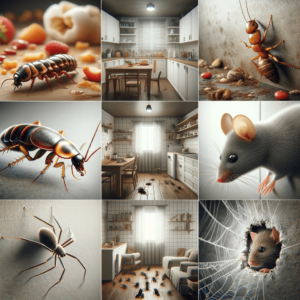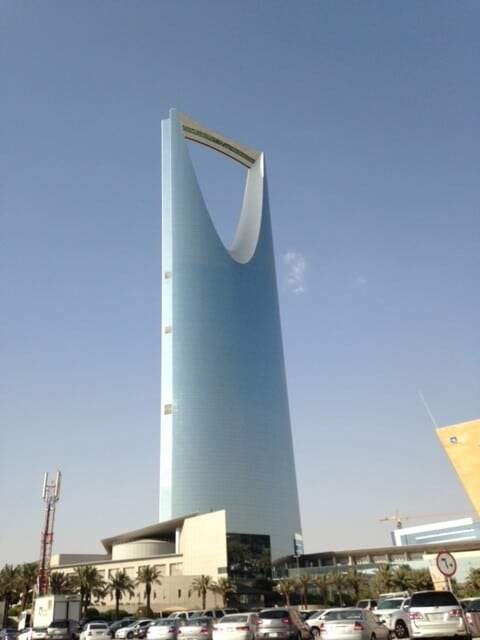The Growing Pest Problem in Major Cities
Major cities around the world, including Paris, are increasingly facing significant challenges due to pest infestations. Paris, known for its rich culture and history, has recently been struggling with a bed bug problem that has swept across public transport systems, hotels, and residential areas. This issue has garnered widespread attention, especially as the city prepares for large-scale events like the 2024 Summer Olympics.
Furthermore, Paris is also one of the most rat-infested cities globally, trailing only behind cities like Deshnoke in India, London, and New York. This rat infestation problem highlights a broader issue many urban centers face, with more than six million resident rodents compared to its human population.
The Role of Architecture in Pest Control
The design and structure of urban buildings play a crucial role in either exacerbating or mitigating pest issues. Architecture significantly influences a city’s susceptibility to pest infestations. In this regard, architects are increasingly being tasked with innovating and providing long-term solutions to this growing problem.
Renovation strategies are essential, especially for older properties, which are more prone to pest control issues due to degradable materials like wood, older concrete, and rusted metal. High-quality, new-generation metals and metal fiber caulks are recommended for sealing gaps and holes in properties, as part of the first-level renovation strategies to combat pest infestations.
For new constructions, there is a remarkable opportunity to build pest-proof buildings from the outset. However, this presents certain challenges, especially when balancing the need for green building practices that promote airflow and use sustainable materials, which can also attract pests. A holistic approach to construction is vital, considering every aspect of the building process, from the materials used to design features that deter pest entry and procreation.
Additionally, climate-positive and green building initiatives can still effectively prevent pests. Smart design decisions, such as the use of expanding eco-friendly foams for sealing and creating barriers between the property foundation and plant beds, can significantly reduce pest intrusion while adhering to sustainable building principles.
Innovative approaches, like those implemented in Portland, Oregon, show that effective pest control can also be achieved through harmonious coexistence strategies. These include better waste management practices and building designs that discourage pest procreation and movement, aligning with green building priorities to create a safe and pest-free environment.
This article section provides a comprehensive look at the challenges posed by pests in major cities and the crucial role of architecture in addressing these issues, offering a blend of practical solutions and innovative strategies.
Types of Rodents in Urban Environments
Urban areas are home to a diverse range of rodent species, part of the vast order Rodentia, which includes over 2,000 species. The most common families that thrive in city environments include Muridae, which contains nearly two-thirds of all rodent species, and Sciuridae. In cities, the most prevalent types of rodents are common house mice, rats, and squirrels. Each of these species has distinct physical and genetic characteristics, influencing their behavior and adaptability in urban settings. For instance, rats and mice are notorious for their ability to infiltrate buildings and cause significant damage and health risks.

Methods of Controlling Rodents in Cities
Controlling rodent populations in urban environments requires a multifaceted approach. The Integrated Pest Management (IPM) approach is highly effective, combining prevention, identification, intervention, and monitoring tailored to each urban setting’s unique challenges. This strategy minimizes risks and promotes a sustainable balance between human activities and the ecosystem.
Natural strategies, such as introducing predators like owls and cats or employing biological control agents, can effectively keep rodent populations in check. These eco-friendly solutions enhance the urban ecosystem’s health and resilience.
Key aspects of rodent control include cutting off their primary sources of sustenance, such as proper waste management and securing food storage, and sealing entry points to buildings. This proactive approach disrupts rodent breeding cycles and reduces their overall population over time, contributing to the resilience of urban environments.
Traditional trapping methods and bait stations continue to be effective tools for capturing rodents. However, the placement and monitoring of these traps are crucial for ensuring a targeted and controlled approach to rodent management.
While chemical control is an option, it should be considered a last resort due to its potential negative impact on the environment and public health. The careful and professional application of rodenticides is essential to avoid unintended harm to non-target species.
Lastly, the advancement of technology offers innovative approaches to rodent control. Ultrasonic devices and monitoring systems use modern science to deter rodents and provide real-time insights into their behavior. These technologies must be carefully evaluated to ensure they suit the unique challenges of urban settings and align with the broader goal of maintaining a harmonious urban ecosystem.
These sections provide a detailed overview of the types of rodents found in urban areas and the various strategies used to control them, emphasizing the importance of a balanced and sustainable approach to pest management in cities.
Long-Term Solutions and Future Perspectives
As urban centers continue to expand, the integration of pest control measures into city planning and architecture becomes increasingly vital. The key lies in adopting a proactive and preventive approach rather than merely reacting to infestations. Future building designs should incorporate pest-resistant materials and structural features that limit pest access and nesting opportunities. Additionally, enhancing public awareness and education about effective waste management and hygiene practices can significantly reduce the conditions that allow pests to thrive.
Conclusion
The challenge of controlling pests in urban areas, particularly rodents, is multifaceted and requires a combination of traditional and innovative approaches. From leveraging natural predators and biological control agents to adopting new technologies and enhancing urban design and architecture, cities can effectively manage pest populations. Moreover, community involvement and education play a crucial role in maintaining a clean and safe environment.
To ensure a sustainable urban future, cities must continue to innovate and integrate pest management strategies into their growth and development plans. By doing so, they not only address the immediate challenges posed by pests but also contribute to the overall health and well-being of urban communities.
Wooden Vs Aluminum Windows | Comparison & Ideas
Using artificial intelligence to help workers on a construction site








